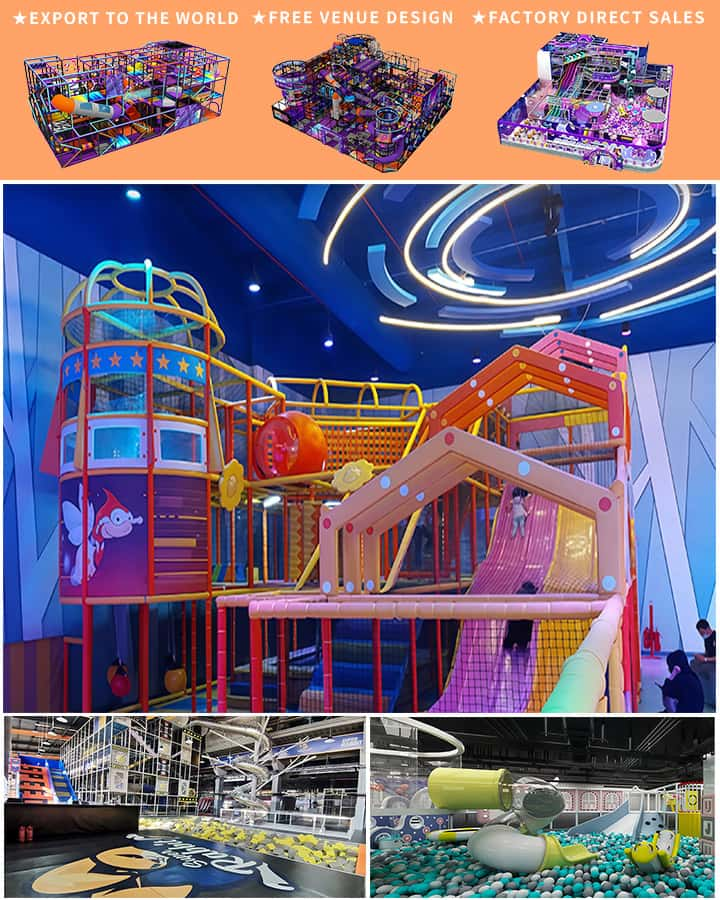When it comes to creating a safe and enjoyable environment for children, selecting the safest playground equipment is paramount. Parents, caregivers, and playground designers must prioritize safety to ensure that playtime remains both fun and secure. Here are some of the safest types of playground equipment designed to offer maximum protection while still providing ample opportunities for enjoyment and physical activity.
Soft Play Equipment
One of the safest options available is soft play equipment, which includes items like foam blocks, soft slides, and padded climbing structures. These are typically made from materials that provide a cushioned surface, reducing the risk of injury from falls or bumps. Soft play areas are particularly suitable for young children who may be more prone to accidents while exploring their newfound mobility.
Rubberized Surfaces
Installing rubberized surfaces underneath playground equipment can significantly enhance safety. These surfaces absorb shock, minimizing the impact of falls and reducing the likelihood of serious injuries such as fractures. Rubber mulch, poured-in-place rubber, and rubber mats are popular choices that provide excellent cushioning while maintaining durability and low maintenance.
Traditional Swings with Safety Features
Swings remain a beloved part of any playground, but traditional designs have been adapted to include modern safety features. Look for swings with:

- Soft Rubber Seats: Ensures a comfortable and secure grip, reducing the chance of slipping out.
- Safety Belts or Harnesses: Prevents children from falling off the swing.
- Properly Anchored Supports: To prevent tipping or instability during use.
Low-Height Slides
Slides are a staple of playgrounds everywhere, but opting for low-height slides can add an extra layer of safety. These slides reduce the risk of serious injury if a child should fall from a lower height. Ensure the slides also have gentle slopes and wide steps to facilitate easy access and exit.
Climbing Frames
Climbing frames encourage physical development and coordination but must be designed with safety in mind. Key features to look for include:
- Smooth Edges and Corners: To prevent cuts and scrapes.
- Non-Slip Steps and Handholds: Provide better grip and stability for small hands and feet.
- Low Height Options: For younger children to build confidence without the risk of severe falls.
Spring-Free Trampolines
While trampolines are exciting for children, they come with higher risks of injury due to their bouncing nature. However, spring-free trampolines offer a safer alternative by using a flexible mat instead of metal springs, reducing the risk of entrapment and providing a more stable jumping experience.
Educational Play Equipment
Educational play equipment, such as interactive panels and sensory toys, not only engages children’s minds but is often designed with safety in mind. These items usually have smooth, non-toxic surfaces and are anchored securely to the ground.
Proper Maintenance and Supervision
Finally, ensuring the safety of playground equipment extends beyond its design to include regular maintenance and vigilant supervision. Routine inspections can identify and address potential hazards before they cause harm, and responsible adult supervision helps guide children in using the equipment safely.
In conclusion, choosing the safest playground equipment involves considering the age and abilities of the children using it, as well as the specific features designed to enhance safety. By prioritizing equipment with protective qualities and proper installation, we can create a playground environment where children can explore, learn, and grow with minimal risk of injury.




